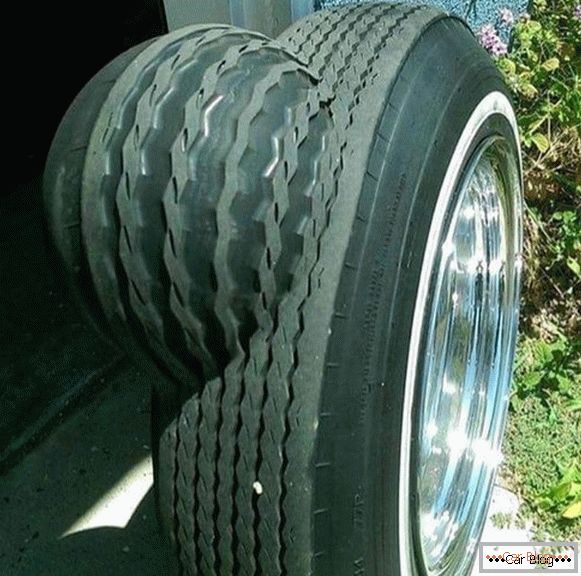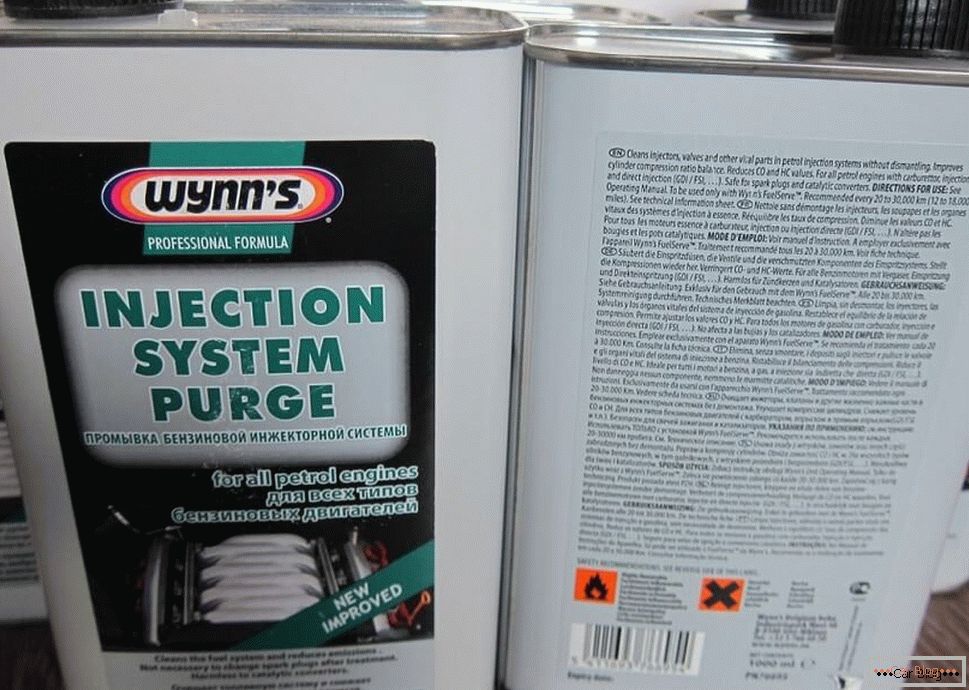Dear motorists, do you know how important the crankshaft position sensor is to the engine? It is also called a sync sensor. For those who have not thought about this issue, we recommend that you look into the instruction manual and read something like the following: “The inoperability of the crankshaft position sensor can be the reason that it is impossible to start the car engine. It is also possible to reduce power, jumps of revolutions, which as a result will necessarily lead to the cessation of engine operation. ”
All because with the help of the crankshaft position sensor (hereinafter referred to as WPC), the electronic control unit receives information about the phase in which the engine is located and gives the command to supply fuel to a particular injector or spark to the spark plug.
Content
- 1 The manifestation of the fault KDP
- 2 Possible causes of failure
- 3 WPC verification methods
Fault finding
The main symptom indicating a malfunction of the engine is a noticeable decrease in its dynamics during movement. The controller will see this, and the CHECK ENGINE indicator will light on the instrument panel.
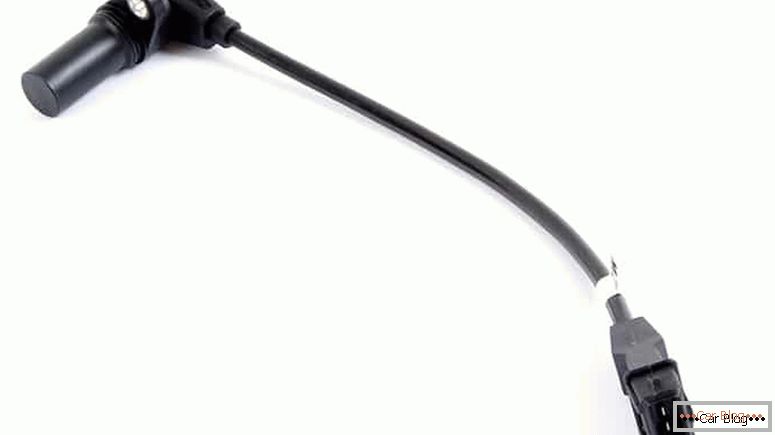
Appearance of crankshaft position sensor
The following symptoms are characteristic of faults in the crankshaft sensor or timing belt pulley:
- non-constant idling speed;
- spontaneous decrease or increase in speed;
- reduction of engine power, which is felt even without special devices;
- the appearance of detonation during dynamic loads;
- absolute inability to start the engine.
So, how to check the crankshaft position sensor and make sure that the problem lies in it, and why you first need to test the timing sensor. The answer is simple. Despite the fact that the synchronization sensor is located in a rather inconvenient place, diagnostics are carried out in a short time. And during the examination it will be immediately apparent what state the KHD is in and whether a replacement is required.
Possible causes of failure
- Mechanical damage to the sensor или его смещение относительно шкива коленвала. Возможно, потребуется лишь вернуть его в исходное положение.
- Interturn closure winding. In this case, the old part will definitely have to be replaced.
- The third reason lies not in the sensor itself, but in the synchronization teeth on the pulley. In this case, the engine will work intermittently, unstable. The pulley itself will have to be replaced.
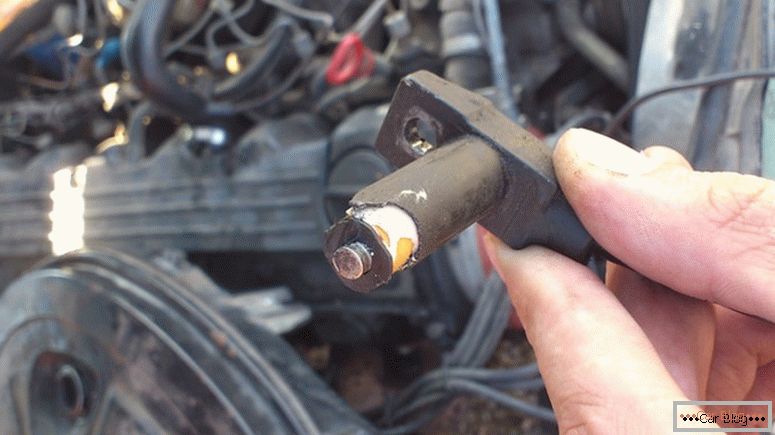
Mechanical damage to the sensor
WPC verification methods
There are several ways to test the crankshaft sensor for performance. All of them are carried out using special devices.
Let us analyze two methods that are commonly used to check the synchronization sensor.
See also: Check hydraulic liftersНезависимо от метода тестирования, перед тем, как проверить датчик коленвала необходимо его снять. И обязательно пометить исходное положение датчика коленвала на двигателе. Выполнив демонтаж, необходимо обследовать его снаружи. Наружная crankshaft sensor check дает возможность установить: нет ли повреждений на корпусе ДПК, в каком состоянии сердечник, контактная колодка и непосредственно контакты. Вся грязь на контактах и сердечнике очищается спиртом либо бензином. Контакты датчика обязательно должны быть чистыми. Снимая ДПК, посмотрите, на каком расстоянии находится диск синхронизации от сердечника датчика, оно должно составлять 0,5–1,5 мм. Если при внешнем обследовании не были выявлены causes of crankshaft sensor failure, необходимо искать скрытые дефекты в электрической схеме ДПК.
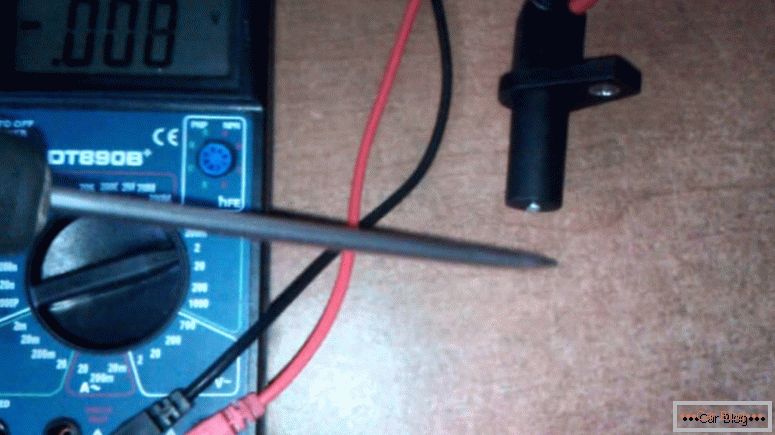
Diagnosis of the duodenum is better to carry out digital devices, to obtain a more accurate result.
- Checking the WPC using an ohmmeter. This device is determined by the resistance of the winding WPC. If the crankshaft sensor is healthy, the winding resistance will be in the range of 550-750 ohms. For the accuracy of determining the health of the sensor, look in the owner's manual for your car for the relevant parameters; they must be indicated by the manufacturer. If the figures do not meet the specified parameters, this confirms the failure of the crankshaft sensor, therefore, it is necessary to replace it.
- The next way to check the WPC is more time consuming. For the diagnosis you need to have:
- voltmeter, better digital;
- megohmmeter;
- device for measuring inductance;
- network transformer.
In order to know the exact measurements of the KDP, the air temperature during the diagnosis should be 20-22 degrees. The method described above by means of an ohmmeter is determined by the resistance of the winding. Next, you need to measure the inductance of the winding WPC. It is determined by an inductance meter (inductive coil, capacitance and resistance). The norm is inductance 200-400 MHz. The insulation resistance is determined using a megohmmeter. At a voltage of 500V, the insulation resistance is not to exceed 20 MΩ.
See also: What is the best motor oil for winterIf during the repair of the WPC magnetization of the synchronization disk arises, then in order to demagnetize it, it is necessary to use a network transformer.
The test results make it possible to determine if the PDK is defective or defective. When installing an old or new crankshaft sensor, be sure to consider the affixed marks for accurate installation. Remember that the synchronization disk should be at a distance of 0.5-1.5 mm from the core.

